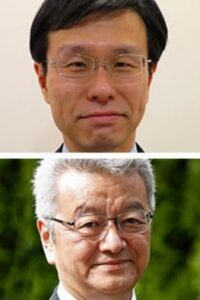
Key Points The Government and the BOJ must prevent national finances from spiraling toward collapse The BOJ cannot reduce JGB purchases to zero through the manipulation of interest rates The BOJ should spell out that it will maintain easing whilst withdrawing from large-scale asset purchases At its Monetary Policy Meeting at the end of July, the Bank of Japan (BOJ) adopted the policy of “strengthening the framework for continuous powerful monetary easing.” While pledging to keep short- and long-term rates low, the central bank said that it would allow long-term yields to move up more than before. Is the BOJ’s true intention to strengthen easing or to move a step closer to an “exit”? Since the 2008 global financial crisis, the central banks of the world’s leading economies have deployed all manner of unconventional monetary policies including large-scale asset purchases, forward guidance and negative ... ... [Read more]








